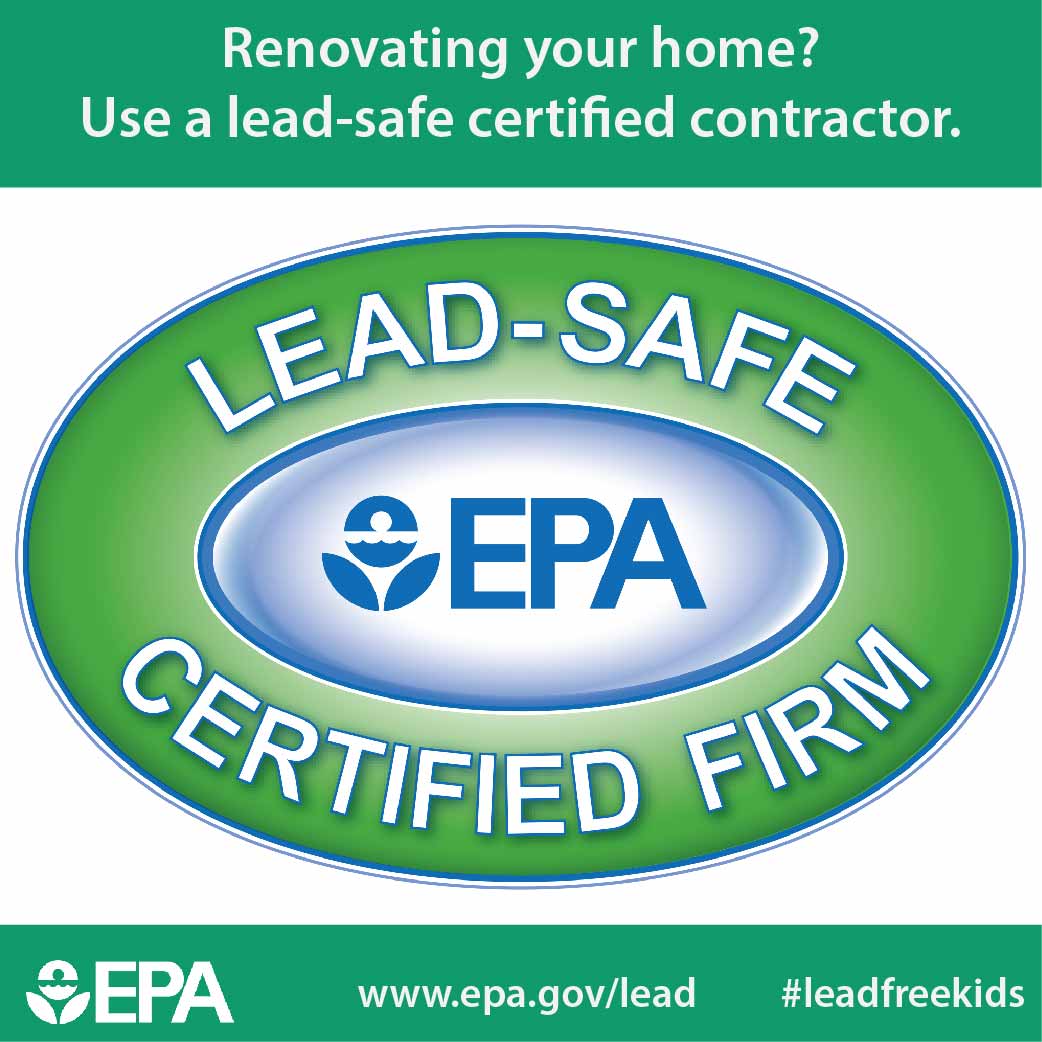Explore The Influence Of Seasonal Aspects On The Performance Of Industrial Exterior Painting And Identify The Optimum Times To Achieve Enduring Results For Your Task
Explore The Influence Of Seasonal Aspects On The Performance Of Industrial Exterior Painting And Identify The Optimum Times To Achieve Enduring Results For Your Task
Blog Article
Article Produced By-Regan Whalen
When you're intending an industrial external paint job, seasonal factors can make or break your results. You'll want to think about just how temperature level and moisture effect paint application and drying out times. Picking the appropriate period can ensure your paint adheres properly and lasts much longer. Yet which periods are really the most effective for this sort of work? Let's discover the key elements that can affect your task's success.
The Influence of Temperature on Paint Application
When you're preparing a commercial exterior paint job, the temperature can considerably influence how well the paint adheres and dries.
Preferably, you intend to repaint when temperatures vary between 50 ° F and 85 ° F. If it's as well cool, the paint might not heal appropriately, leading to concerns like peeling off or cracking.
On the other hand, if it's as well hot, the paint can dry out as well quickly, protecting against proper attachment and leading to an unequal surface.
You must additionally consider the moment of day; morning or late afternoon supplies cooler temperatures, which can be much more beneficial.
Always inspect the manufacturer's suggestions for the particular paint you're utilizing, as they typically give support on the excellent temperature level variety for optimum results.
Moisture and Its Effect on Drying Times
Temperature level isn't the only ecological factor that affects your industrial outside paint job; moisture plays a substantial duty also. High moisture levels can decrease drying times drastically, affecting the general high quality of your paint task.
When the air is saturated with wetness, the paint takes longer to cure, which can lead to problems like inadequate bond and a greater risk of mildew development. If you're repainting on an especially damp day, be prepared for prolonged delay times between coats.
It's important to monitor neighborhood weather conditions and plan accordingly. Ideally, go for humidity degrees between 40% and 70% for optimal drying.
Keeping these factors in mind ensures your project stays on track and provides an enduring coating.
Best Seasons for Commercial Outside Paint Projects
What's the most effective time of year for your commercial exterior paint jobs?
painters house and very early fall are usually your best choices. Throughout these seasons, temperature levels are light, and moisture levels are often lower, producing excellent problems for paint application and drying.
Prevent summertime's intense heat, which can cause paint to dry also rapidly, resulting in inadequate attachment and finish. In a similar way, winter's cold temperatures can hinder proper drying and healing, risking the longevity of your paint job.
Aim for days with temperature levels in between 50 ° F and 85 ° F for ideal outcomes. painting a straight line in mind to check the regional weather report for rainfall, as wet problems can wreck your task.
Preparation around these aspects guarantees your paint project runs smoothly and lasts longer.
Final thought
In conclusion, preparing your industrial exterior painting projects around seasonal factors to consider can make a substantial difference in the outcome. By organizing https://www.communityadvocate.com/2021/08/26/phelps-painting-carpentry-offers-home-improvement-services-with-integrity/ throughout the perfect temperatures and moisture levels, you'll make certain far better adhesion and drying times. Bear in mind to watch on local weather prediction and choose the right time of year-- spring and very early fall are your best options. Taking these actions will certainly aid you attain a resilient and expert coating that lasts.
